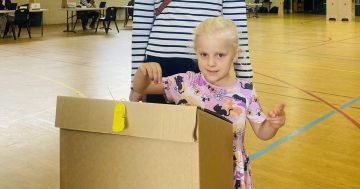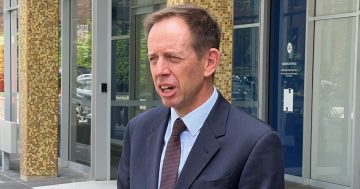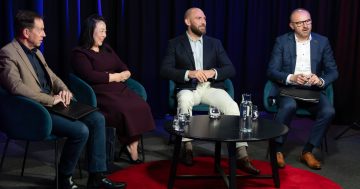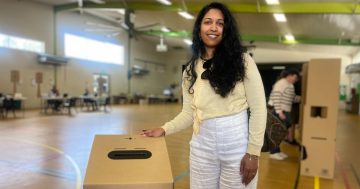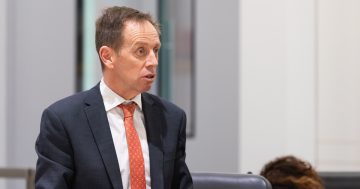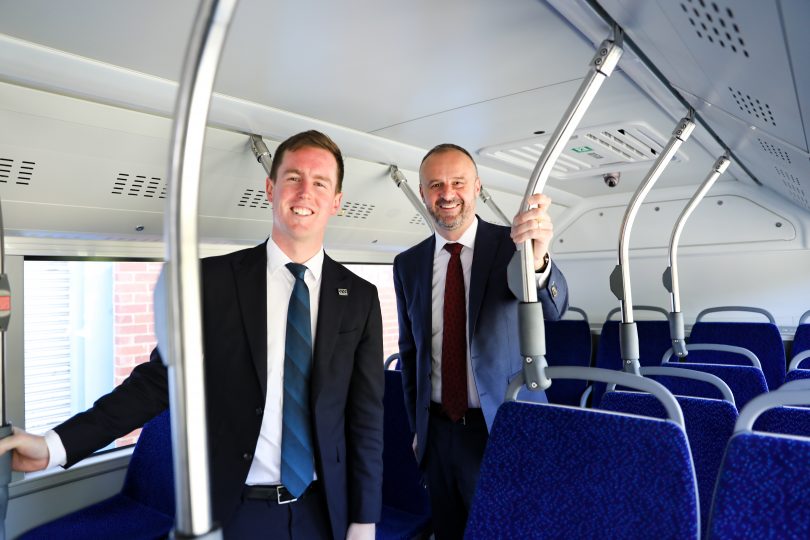
Labor’s primary vote has dropped behind the Canberra Liberals, new polling data shows. Photo: File.
Labor is on track to retain minority government but with a reduced primary vote, according to new polling data from the progressive Australia Institute.
Labor’s primary vote has fallen to 37.6 per cent, down from 38.4 per cent in 2016, while the Liberals have increased 1.5 per cent from the last election to 38.2 per cent.
However, Chief Minister Andrew Barr rejected the idea that voters thought Labor had become complacent after 19 years in government.
“Opinion polls are infrequent in the ACT. Once you account for the margin of error on a polling sample of little over 1000 people [the new poll] largely reflects a situation that is not dissimilar to the last two Territory elections,” he said.
“There is no room for complacency from any candidate or any political leader in this environment, so we just have to keep on campaigning and putting forward the sorts of policies … that are well received.”
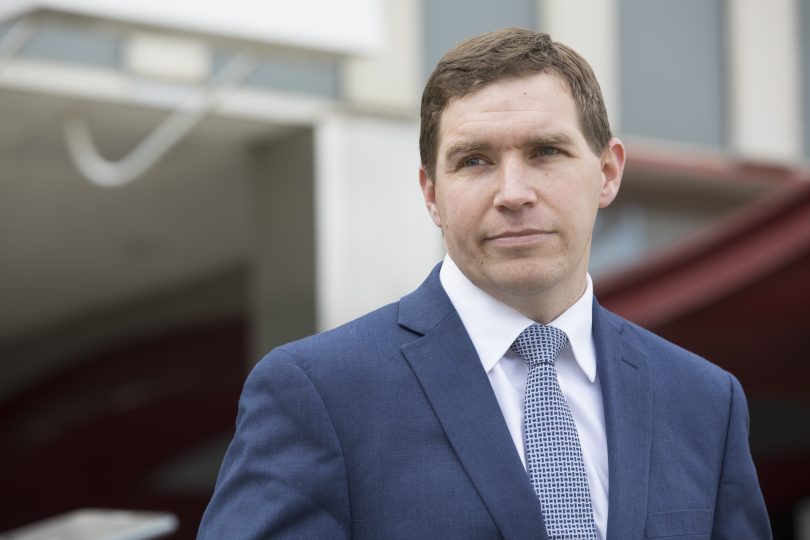
Could opposition leader Alistair Coe be the first Liberal Chief Minister in two decades? Photo: Region Media.
The poll indicates most of the votes from Labor are flowing through to the Greens who are predicted to increase their primary vote to 14.6 per cent, up from 10.3 per cent in 2016, meaning the Greens would be on track to take three to four seats in the Assembly.
Greens leader Shane Rattenbury said the data matches the success of the party at the federal election and shows that they are in the mix across all of the ACT’s electorates.
“Our job is to get out there and talk to people about our policies,” he said.
“We are in the mix in each electorate – some are probably stronger than others – but all of our candidates are out there working really hard and the community is relating to our message.”
However, the poll is not broken down into specific electorates. The Greens, for example, had a vote ranging from 5 per cent to almost 19 per cent in the last election depending on the electorate.

Greens leader Shane Rattenbury says the polling reflects the same success the Greens had at the federal election. Photo: Dominic Giannini.
Mr Barr noted that all ACT elections are close, adding that the “Hare-Clark electoral system has many numbers of vagaries around not just the party primary vote, but which particular candidates might get elected in particular electorates”.
“This election, like every other one, will be hard-fought. What I am pleased about is that Labor’s standing in the electorate remains strong and broadly in line with where we were in 2016 and indeed 2012.”
In 2016, both Labor and the Greens suffered a 0.5 per cent swing against them, while the Liberals suffered a 2.2 per cent swing to their primary vote. These votes all flowed to smaller parties and independents, with the Australian Sex Party ACT taking 3.2 per cent of the vote despite only running in three electorates.
The election is scheduled for Saturday, 17 October.












